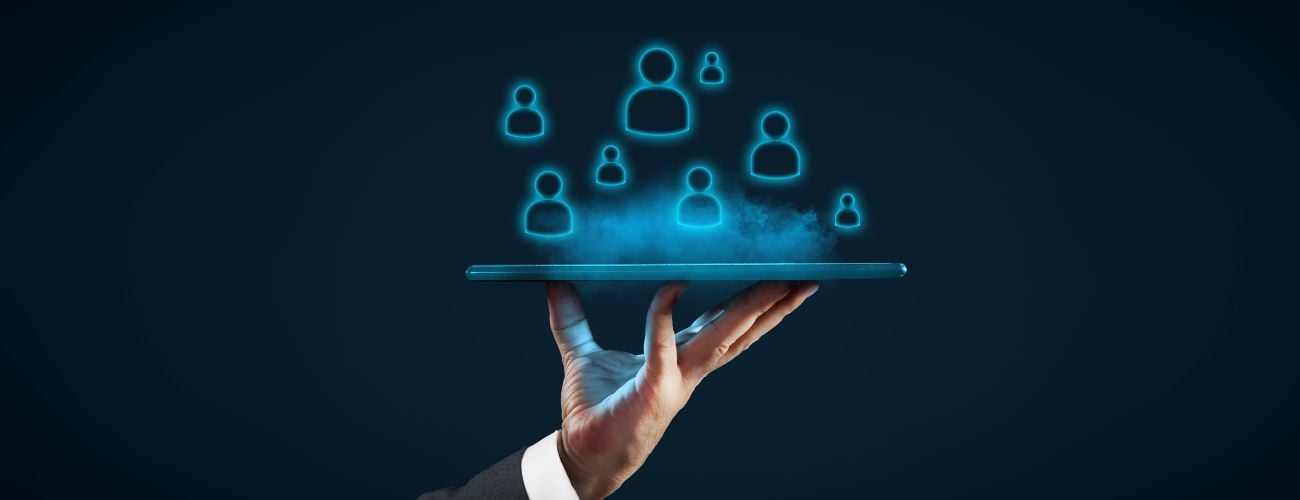The customer lifecycle is the journey that a customer takes from initial interest in a product or service to their loyalty and subsequent reacquisition. The cycle includes different stages, including acquisition, activation, and retention.
Sales readiness and support
Configuration and quote management
Incentive and compensation management



